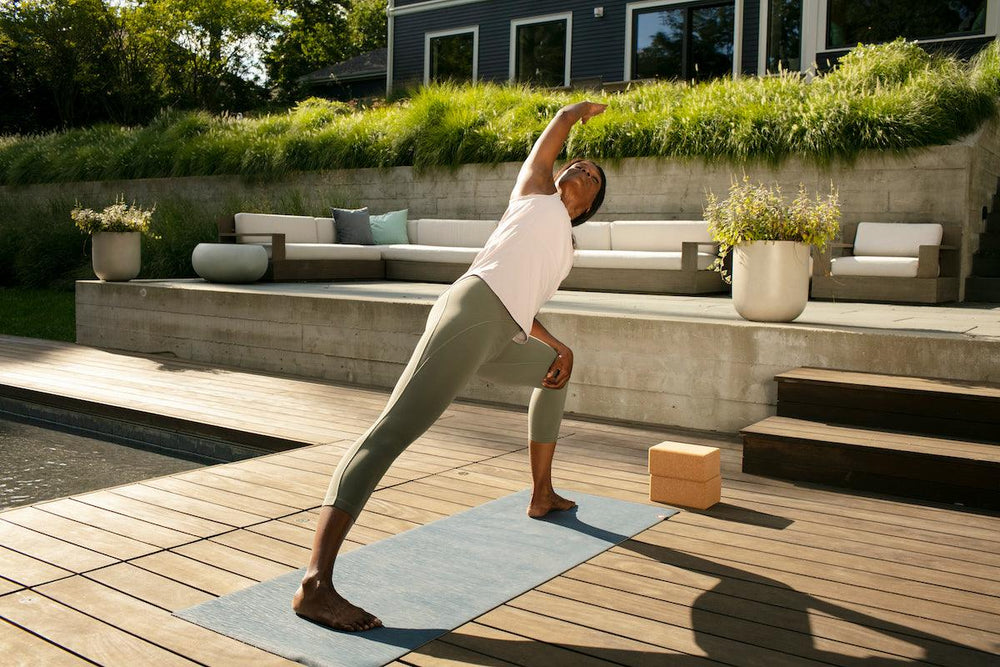Table of Contents
By: Simon Burdeaux
Just like any other muscle, it is important to regularly exercise the pelvic floor muscles on a in order to keep them strong, healthy, and functioning at their best. The pelvic floor muscles support the bladder, bowel, and uterus. They also aid in controlling bladder and bowel movements, and sexual function - thus strong and healthy pelvic floor muscles keep these systems functioning properly. On the other hand, when the pelvic floor becomes weak, it can lead to various conditions such as urinary incontinence, pregnancy related pain, rectal pain, and so forth. To keep these muscles strong, pelvic floor therapy, aimed at strengthening the pelvic floor muscles, can be used to to maintain the health of the pelvic region, or combat issues related to muscle weakness in that area.
who benefits from pelvic floor therapy?
Anyone can benefit from pelvic floor therapy. Strengthening your pelvic floor can work as a preventative strategy to slow down some of the effects of aging and the other factors associated that naturally weaken of the pelvic floor such as natural birth. It can also work as it was intended to, as therapy, for people with various conditions of the pelvic region who are in need of strengthening and repair.
incorporating pelvic floor therapy into your life
Pelvic floor therapy can be done with a physical therapist or even on your own with exercises that either directly target the pelvic floor muscles, such as kegels, or that indirectly target them, through the recruitment of your core musculature. Performing these exercises on a regular basis throughout the week can make a big difference in the health of your pelvic region.
kegels
Kegels are one of the staple exercises of pelvic floor therapy. You can perform them anytime and anywhere. They are a personal strengthening exercise done to target the pelvic floor muscles through the tightening and releasing of said muscles. The easiest way to identify the muscles you will use during kegels is to, while you’re peeing, start and stop the stream. Once you’ve found the pelvic floor muscles, you’re ready to start doing kegels. To perform a kegel, imagine sitting on a small object and trying to pick it up. The more you do them, the easier they will become and the stronger your pelvic floor will become. If you have trouble performing kegels, consult a medical professional (either your doctor or a physical therapist).
squats, glute bridges, bird dogs, and more
Other exercises used during pelvic floor therapy, often indirectly target the pelvic floor. General strength exercises such as squats, glute bridges, and bird dogs primarily target the muscles of your legs and core, but also work to strengthen your pelvic floor muscles, as mentioned indirectly.
squats - to perform a squat, stand tall with your feet about shoulder width apart (find a stance that is comfortable for you). Think about sitting back into a chair as you descend into the squat. Once you’ve gone as deep as you can, stand back up.
glute bridges - a glute bridge starts in a lying down, face up position, with your feet on the ground and knees up.From this position imagine pushing the floor away from you as you push your hips up to the sky.
bird dogs - although the name is funny, this exercise has many serious benefits. To do a bird dog, start in a crawling position on all fours. Extend your right arm and left leg at the same time, thinking about getting as long as possible. Come back to your start position and switch sides.
The pelvic floor muscles play an important role in stabilizing your pelvis as you work through each exercise. You can incorporate these exercises as part of a well rounded workout routine or throughout the day with your own bodyweight. As you get better at each exercise, you will be able to increase the intensity (by adding weight or making them more complex) and thus continue to increase the strength of your pelvic floor muscles.
consult a medical professional if you are in need of pelvic floor therapy
If you are experiencing pain or any conditions associated with a weak pelvic floor, be sure to ask your doctor if pelvic floor therapy is right for you, you can also search for a therapist nearby for a consultation here.
Want More on Pelvic Health Therapy?
Find a Pelvic Floor Specialist
Learn More About Urinary Incontinence:
Take the Quiz: Finding the Right Product for you.
Normalize This: Urinary Incontinence
